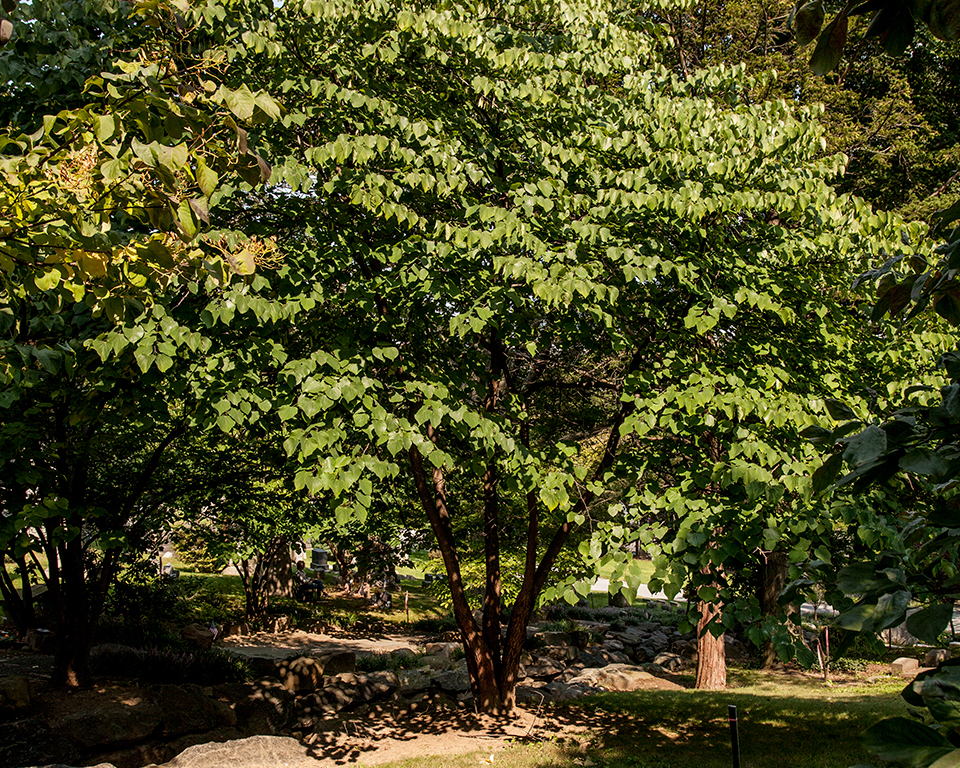CERCIS CANADENSIS – REDBUD, EASTERN

Eastern Redbuds grow well in full sun in the northern part of its range but will benefit from some shade in the southern zones, particularly in the lower mid-west where summers are hot. Best growth occurs in a light, rich, moist soil underlaid by alkaline clay but Eastern Redbud adapts well to a variety of soil, except permanently wet and extremely dry. Trees grow fine in sandy or alkaline conditions. Tolerance to alkaline soil appears to depend on the seed source – not surprisingly those from western Texas and other areas with alkaline soil perform best on alkaline soil in urban landscapes. Trees grow exceedingly fast on moist soil that drains well in a few hours after rain.
Although a legume, nitrogen-fixing bacteria (rhizobia) have not been associated with the root system. This plant is considered mostly allergy free and causes little or no allergy problems in most people. Plants provide nectar for butterflies and are hosts for butterfly larvae.
Trees are often short-lived often due to trunk canker infection (Botryosphaeria) and included bark causing branch splitting from the tree. Injury resulting from included bark might provide entry for the canker fungi. Trees look better when they receive some irrigation in summer dry spells. Wood is considered ring porous. Weak unions make these trees very susceptible to breakage in ice storms.
This is the state tree of Oklahoma.

